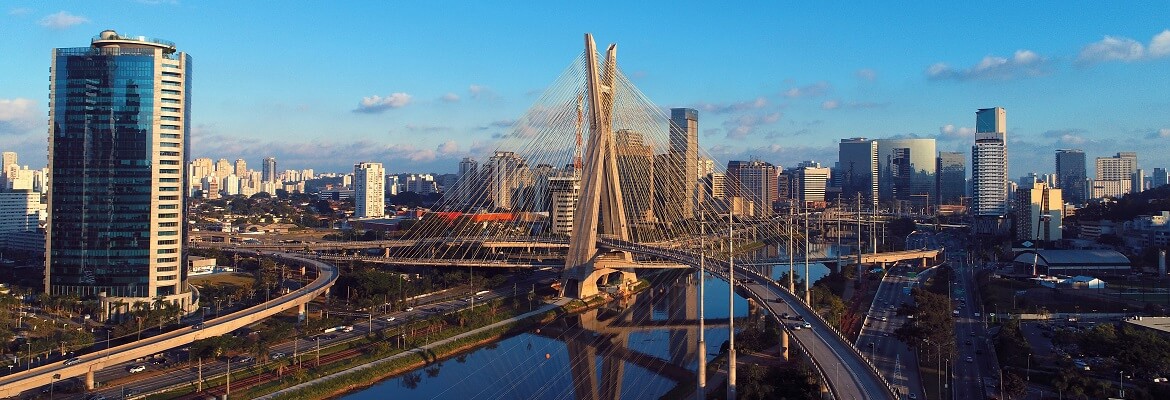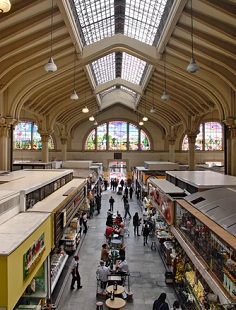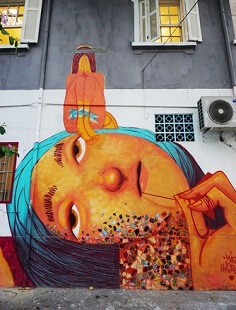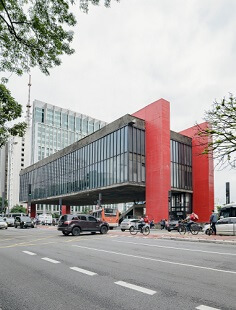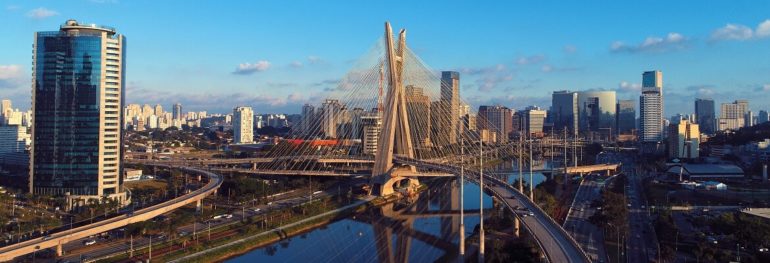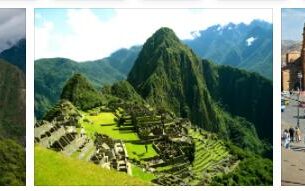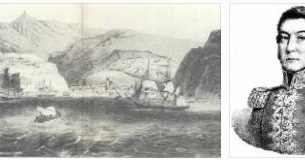Among its skyscrapers, the largest city in Latin America has plenty of reasons to delight its tourists. Learn more about São Paulo, the city that never sleeps!
What’s the face of Sao Paulo? This is undoubtedly the question worth a million reais. It is impossible to define a paulistano in one way: the largest city in Latin America is a confusion of faces, cultures and ways that, at the same time, make it a unique place.
It is precisely this cultural mix that brings diverse and exciting attractions, ranging from museums, historic avenues, striking streets, parks that compete for space between buildings… finally, there is a São Paulo for each type of person. Before, let’s know a little more about the history of the city.
São Paulo History
16th to 18th century
The drizzle land is almost as old as the country. Founded on January 25, 1554, the capital of São Paulo was founded from a Jesuit college between the Anhangabaú and Tamanduateí rivers.
Six years later, the city began to be populated, but it was still considered an isolated village within the colony. Much is due to the fact that, at that time, the coast had the most attention and the place was the only village in the interior of the country.
This status lasted two whole centuries, until, in 1683, the capital of the Captaincy of St. Vincent became the village of St. Paul. A short time passed and the village became a city, more precisely in 1711. São Paulo was the center of the homonymous state and served as a runoff to the coast, gradually increasing its size.
From the nineteenth century to the present times
From the independence of Brazil, Sao Paulo saw the amount of its population increase. No wonder: it was on the banks of the river Ipiranga, located in the city, that Dom Pedro I proclaimed the famous cry of independence or death .
At that time, São Paulo grew from the exploration of coffee and the availability of vacancies for students and teachers in the new courses that appeared in the place. The railroad, created for the outflow of coffee production, brought residents from inland and ended up there.
Another migration that began to emerge in the twentieth century was from immigrants, mainly Italians and Japanese. The industrialization of the city was a leap that transformed the state capital into a national metropolis, being the center of national industries and gradually consolidating itself as the center of global trade we know today.
Sampa’s attractions
Believe me, you will never have time to explore every corner of Sao Paulo. For starters, the city is the perfect definition of megalopolis. In addition, the wide range of attractions Sampa offers will require you to come back sometime. Not that you think that’s bad, do you?
The city begins at its most famous avenue: Paulista Avenue. Stage of the main protests that happen in Brazil, is where are the main national companies and also one of the most famous points of the city: the MASP. This is also where the biggest LGBT Parade in the world happens.
On the outskirts of the avenue is also Rua Augusta, known for its nightlife. By the way, talking about nightlife, São Paulo is remarkable precisely for never stopping. Whether in the commercial buildings or bars that pass in Vila Madalena, the paulistano always finds the streets full – by car or people.
It is noteworthy that museums and cultural centers are rooted in the cosmopolitan city. Presentations, plays, concerts and numerous exhibitions – from football to the Portuguese language – take the tourist to various places in one city.
The places you have to know
The text would be too long if we cite all the places in São Paulo. Therefore, we will list the main ones for you to plan your trip with a defined itinerary. Let’s go to them!
Municipal market
Home to the famous (and giant!) Bread with mortadella, Mercadão is home to dining experiences for tourists and locals. Located in the historic center of São Paulo, you will find – besides the sandwich – pastries, fruits, vegetables and even souvenirs to bring from your trip.
Ibirapuera park
Whoever said that São Paulo only has skyscrapers is very wrong. Ibirapuera Park is a breath of green in the middle of the concrete sea. In addition to the ecological space, here you will find museums, sculptures and a great opportunity to have a picnic or a sport right in the middle of the city.
Liberdade Neighborhood
The Asian continent is much closer to us than we think. All this thanks to the Liberdade neighborhood, a place in Sampa that concentrates the largest number of Japanese descendants who came to live in the city in the twentieth century. Today, the place is also home to Chinese and Koreans.
Vila Madalena
The bohemian region of Vila Madalena is a full plate for those who do not want to sleep early. Filled with bars, restaurants and nightclubs, the place has several options of establishments and gastronomic varieties. Be sure to enjoy your beer with the paulistanos of the night and see the graffiti of Batman Alley in the morning.
MASP
The postcard of Sao Paulo is here! Stuck in the heart of Paulista Avenue, MASP is a museum that features large exhibitions and is recognized as a starting point for the main events taking place in its vain. On Sundays, the place becomes a large living area for residents.
The best museums of SP
As we said, São Paulo is a place of multiple cultures. Because of this, the city is an environment of several museums, some themed and others that receive traveling exhibitions.
Besides MASP, which has a collection of French art and other itinerants, São Paulo has the Football Museum, located in Pacaembu. Telling the history of the sport, it allows a true trip for football lovers.
Only in the Ibirapuera Park region, there are the Museum of Modern Art of São Paulo (MAM-SP), the Museum of Contemporary Art and also the Afro Brazil Museum. No less important are the Portuguese Language Museum and the Pinacoteca, both in the center and worth a visit.
Best time to go to Sao Paulo
Can’t plan a specific date to visit Sao Paulo? This is not a problem! The capital of the homonymous state can be visited at any time of year without any major problems. But that doesn’t mean you don’t have to prepare.
The São Paulo winter is marked by cold temperatures, which require the use of a more reinforced coat. At this time, the rains are rarer and the weather is dry, with a strong presence of winds and a blockade of the sun thanks to the skyscrapers. The temperature can be even colder at this time.
In summer, the heat is worthy of any Brazilian region. One particularity may be the ease with which rainfall occurs at this time. So have your parasol handy and enjoy the rides while the downpour doesn’t come.
